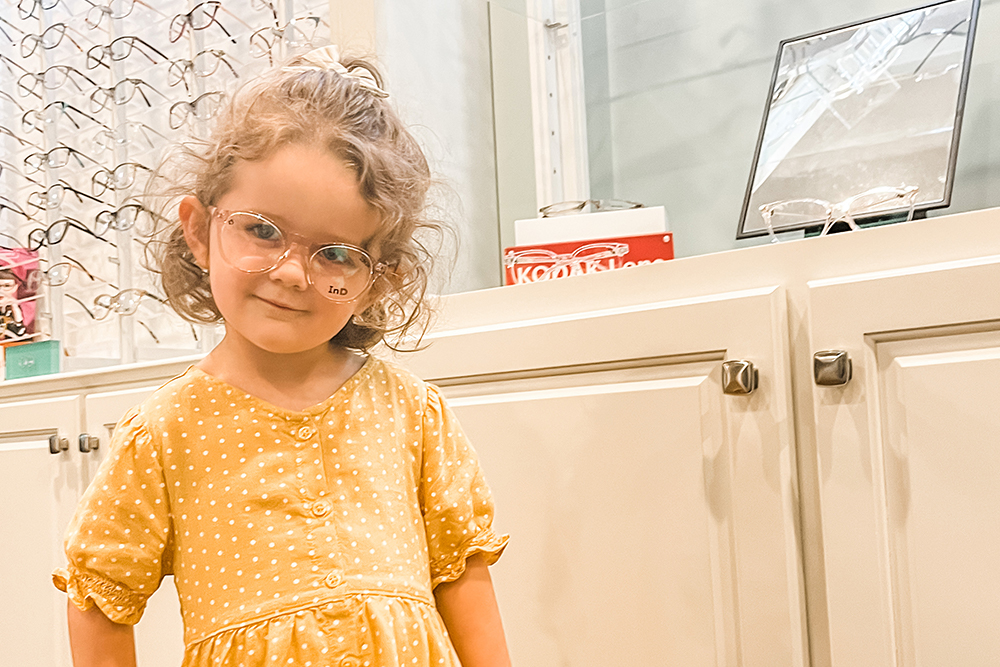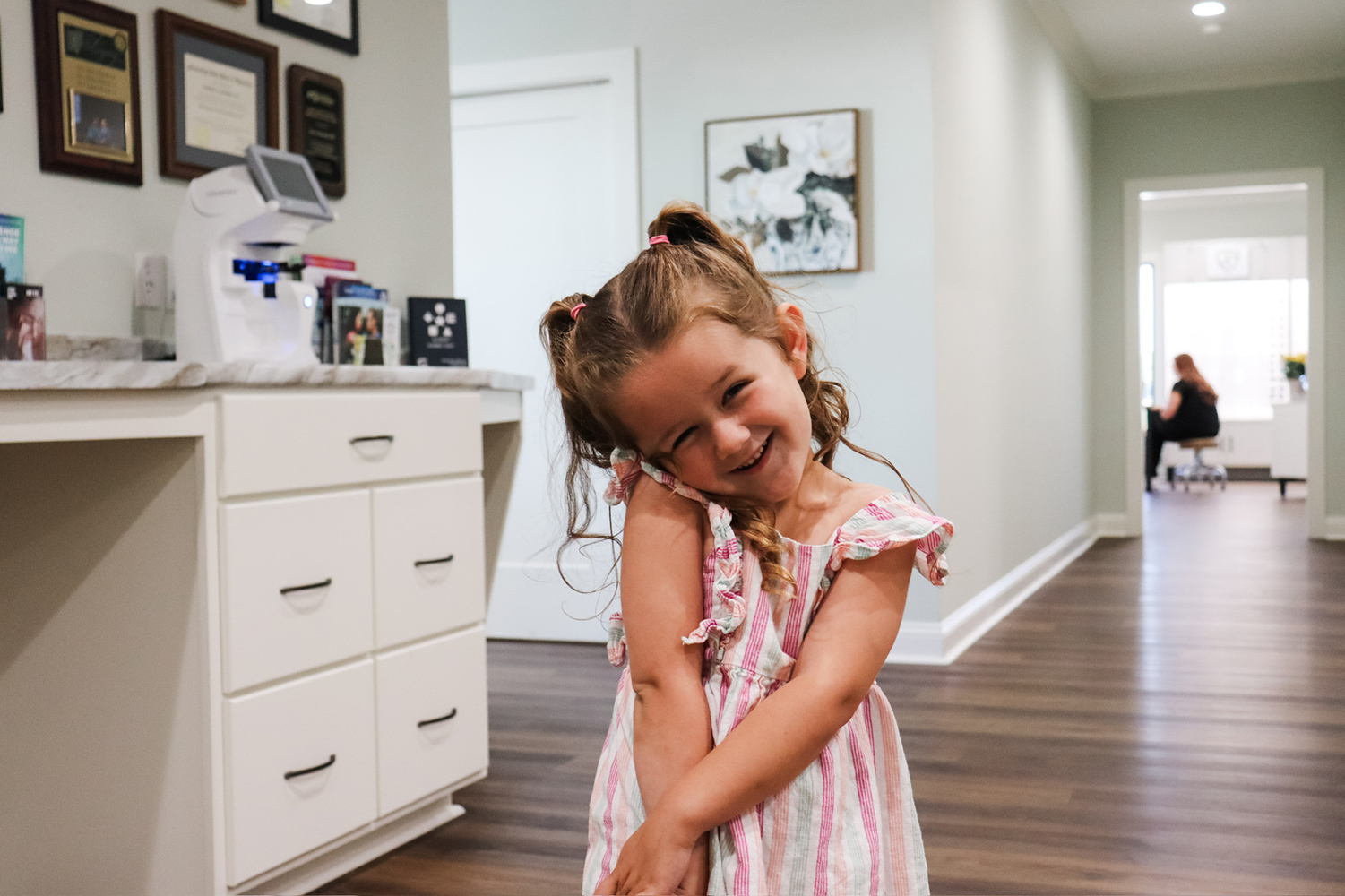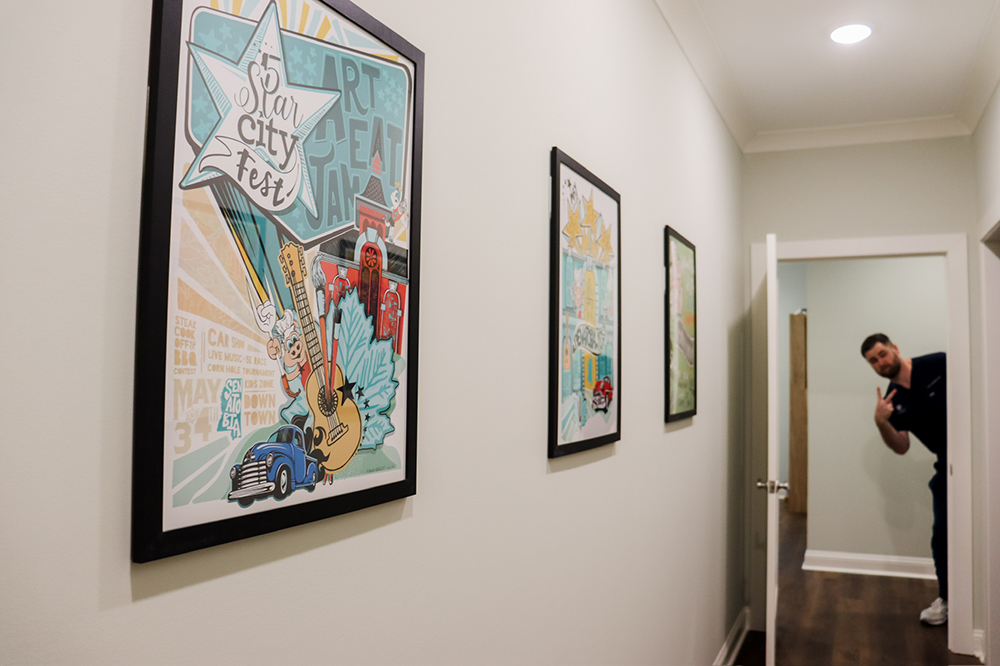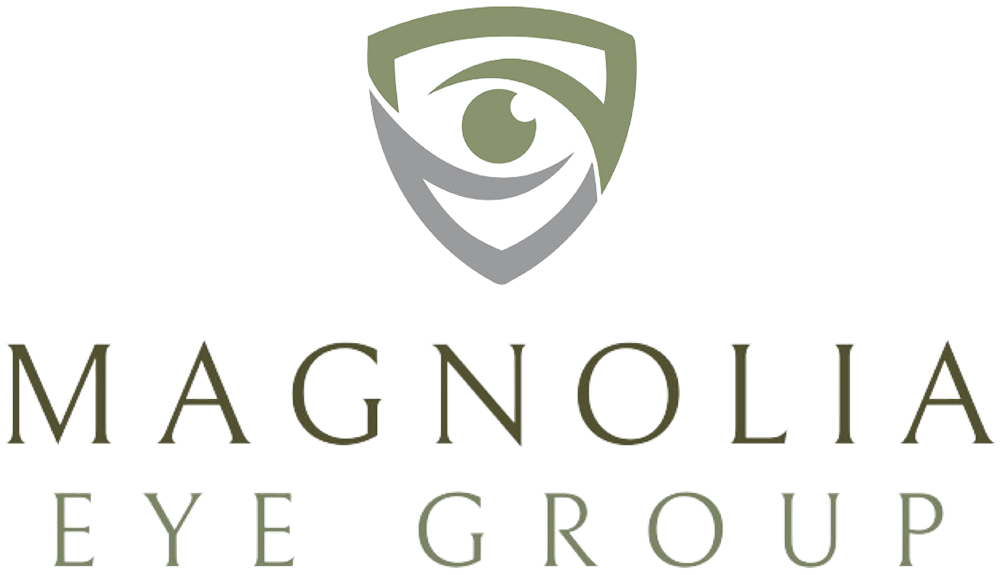Myopia Control
Myopia is a growing concern for children around the world, and it’s on the rise in the United States. More than 40% of Americans currently have myopia, and more children are diagnosed daily.
Also known as nearsightedness, myopia makes objects in the distance appear blurry while close-up items remain in focus.
Read More
Children’s eye exams are crucial—roughly 75% of children with myopia received a diagnosis before the age of 12. Catching the condition early on can help us control it, setting your child up for success in the future.
There is no cure for myopia, but we can slow its progression and make things a little easier for your child. Book their appointment to test for myopia today.

Why Myopia Matters
Proper eyesight is important for learning. Children might struggle to see in school or have a difficult time reading and writing due to poor vision. They may also be slow to develop social behaviors and could be misdiagnosed with behavioral problems.
Language and speech development may also be impacted by myopia. Children learn to speak by watching facial expressions and seeing lips move, so their sight really is a key component.
Read More
Severe myopia can also lead to more serious conditions later on. The risk of retinal detachment, cataracts, and open-angle glaucoma are all increased in people with high myopia.
Corrective lenses are needed for good vision people with myopia. But, early identification of myopia can help to control the condition and slow its progression.
Book your child’s appointment now to test for myopia and other vision conditions.

Causes of Myopia
Myopia is a refractive error that develops during childhood and throughout the teenage years before vision usually stabilizes around age 20.
Normally, light enters the eye and focuses on the retina, traveling through the optic nerve and to the brain, which interprets the signals. People with myopia have either an eyeball that is too long or a cornea that is too curved, causing light to focus improperly on the retina and making faraway objects appear blurry.
Read More
There is no definitive answer as to the causes of myopia, but it can be hereditary. Also, too much time inside focused on near work or using screens is also thought to cause myopia progression.
We recommend that parents encourage children to spend time outdoors. Studies suggest that time spent outdoors may reduce the risk of developing nearsightedness.
Book an appointment for your child today to learn more about our myopia control methods.
Myopia Treatment
Progressive myopia, also known as nearsightedness, is a condition where the eye gradually becomes more elongated over time, causing distant objects to appear blurry. It is a common condition, particularly among children and young adults. Several treatment options are available to help manage progressive myopia and slow its progression:
Atropine Eye Drops
Atropine eye drops, particularly in low doses, have been found effective in slowing the progression of myopia in children. Atropine works by reducing the rate of eye growth. The low-dose atropine treatment is typically administered once a day at bedtime and is often well-tolerated with minimal side effects.
Multifocal Contact Lenses
Multifocal contact lenses are designed with different zones for viewing at varying distances. These lenses can help reduce the progression of myopia by altering the way light is focused on the retina, thus slowing the eye’s elongation. They are suitable for children and adults who prefer contact lenses over glasses.
Specialized Eyeglasses
There are eyeglasses designed specifically to slow myopia progression, such as bifocal or multifocal lenses. These glasses also modify the focus of light on the retina, similar to multifocal contact lenses, thereby reducing the stimulus for the eye to elongate.
Lifestyle Modifications
Encouraging lifestyle modifications can also contribute to managing myopia progression. Increasing outdoor time, reducing screen time, and ensuring good lighting while reading or working can help. Studies suggest that more time spent outdoors can slow the progression of myopia in children, possibly due to the effects of natural light and the opportunities for distance viewing.
Surgical Options
Although not typically used for children, refractive surgery is an option for adults with stable myopia. Procedures like LASIK and PRK reshape the cornea to correct myopia, but they do not prevent further progression of the condition if it is still active.
Contact Us Today
Managing progressive myopia requires a comprehensive approach that may include one or more of the treatment options mentioned above. It is important for individuals, especially children, to have regular eye examinations to monitor their vision and adjust treatments as needed. Consulting with an eye care professional is essential to determine the most appropriate treatment based on the individual’s specific needs and lifestyle.

